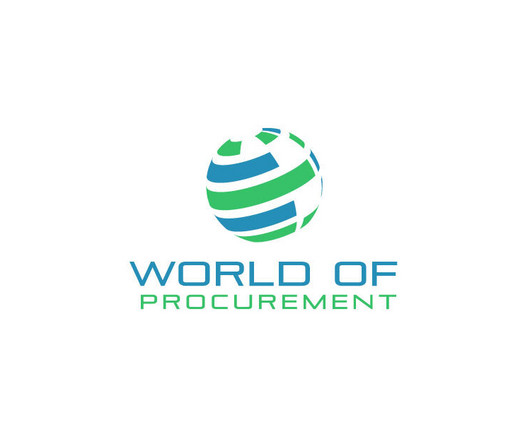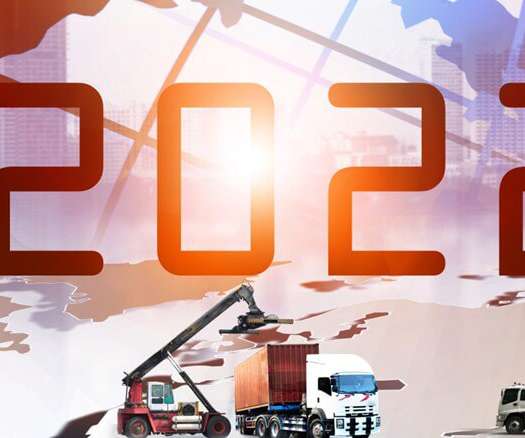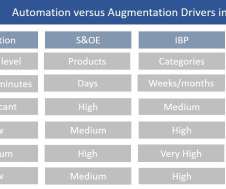ERP vs. Best-in-Class — What is Best for Managing the Healthcare Supply Chain
ivalua
FEBRUARY 25, 2021
They may not consider potential issues of integrations, supplier onboarding, supply chain data management, change management and system optimization, all of which add to complexity and costs. Sustainable master data management and governance: As much as 55% of projects fail due to data management issues.












Let's personalize your content